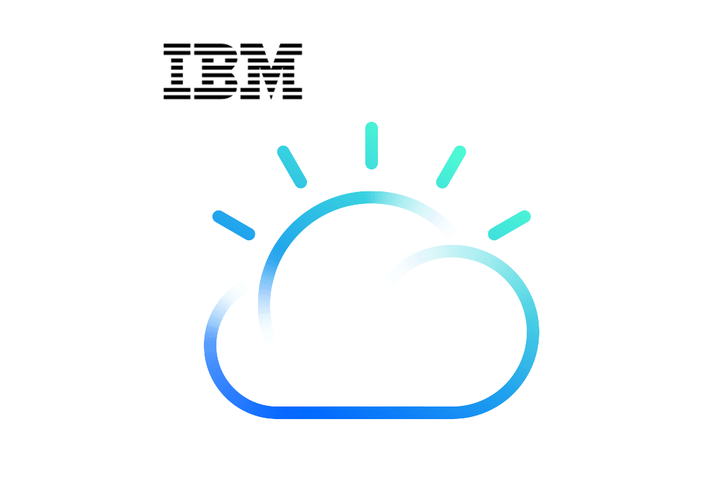I’m really excited to announce that I’ve taken a job with IBM, in their advisory cloud consulting service. The team I’ll be leading will be looking at how organizations can architect internal and external cloud solutions on both IBM/RedHat products/clouds as well as on other external providers like AWS/Azure/GCP. I will be based out of New York City, but have responsibility across all of North America. I’m excited about this opportunity both because I think IBM is well positioned to be successful and because I think this job is a great fit for me personally. I’ll use the balance of this post to give you two reasons for each.
I am excited that IBM has a chance to be the preferred provider for people who care deeply about their internal/hybrid cloud. With the acquisition of RedHat and its suite of tools for containers/kubernetes and devops, IBM has more capability than the leading external cloud providers to help you build your internal cloud and then reach out. I believe this will be important to companies that have legacy applications that are not cloud native (and therefore run inefficiently in a cloud pricing model), have large investments in their datacenters and enough demand to cost-effectively use them, and/or have applications that for compliance/security reasons they’re not comfortable running from the public cloud.
I am also excited that IBM can be a trusted advisor to the “second wave” of companies moving to the cloud. The first wave of cloud computing was dominated by the Netflix, Facebook/Instagram, Uber, Twitter, etc… unicorns. They still represent a huge portion of the current public cloud resource consumption. These first-wave companies are, primarily, software engineering companies with no legacy software. They have been able to capitalize on cloud models because they could invest in the engineering to do so with only a few applications that serve billions of people. For companies in this second wave (I’m mostly familiar with Financial Services… but much of the Fortune 500 is with them), the cloud is more challenging. It requires deciding when to re-platform an application that only has 2 developers supporting it. It requires retraining/retooling a development staff (or hiring one and teaching it the intricacies of a business that’s more sophisticated than a tweet). It requires replacing legacy infrastructure services/products with what the new cloud-based applications require. These second-wave companies have relied on IBM for decades for their infrastructure, middleware, etc… and I am happy to be part of the group that will let them rely on us for cloud too.
Personally, this gives me a chance to stay in New York City! I have started to fall in love with this city and the friends I have met here. If you’ve known me for a while you know that I’ve moved a lot for jobs in my career; in fact, this will be the first time that I have taken a job in the same city as the previous one. I’m looking forward to putting down some roots and really enjoying all that the Big Apple has to offer (all while getting to travel a lot!).
Finally, I’m also excited to be back in consulting. It gives me a chance to do what I do best, identifying opportunities. While I think my last two jobs (standing up Kubernetes at RBC and completing a large scale software development project at Fannie Mae) have shown I can excel at implementing/operationalizing; I am excited to get back to what I think I do best, helping people identify opportunities and proving out their value. I’m sure in a few months when I hear that a client has dropped the ball on a project I proposed, I will remember the brown grass on the other side of this hill. For now though, I am really excited to get to know lots of clients and see what they’re doing with the cloud!
If you’ve made it this far, I thank you for taking an interest in what’s going on with me. Hopefully it’s because you think we can collaborate in the new position? My group will be working with all of the major external cloud providers and we’re going to be agressively hiring engineers, developers, architects, and consultants who can help IBM’s clients with their “Journey to the Cloud”. If you’re interested in seeing how we can partner, reach out to me on LinkedIn.
